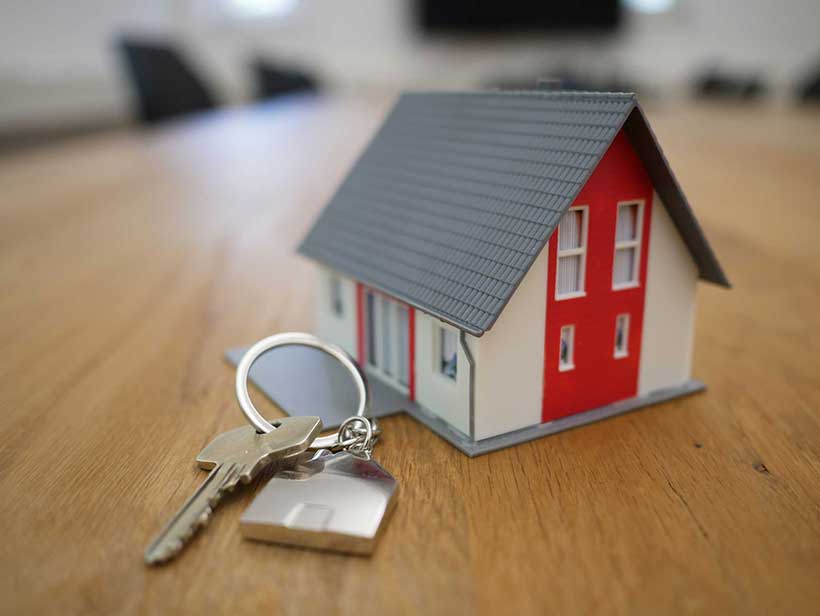In recent times, the evolving shared ownership model, driven by the government’s desire to make homeownership more accessible, has brought about a significant transformation.
These changes are not only reshaping the property landscape but are also profoundly impacting the value of UK shared ownership properties.
Article Chapters
The Traditional Shared Ownership Model
Before we dive into the new model, let’s take a moment to understand how the traditional shared ownership model worked.
In the past, prospective homeowners could purchase a share of a property, typically ranging from 25% to 75% of the property’s value.
The remaining share was owned by a housing association or developer, and the buyer paid rent on this portion.
While this model had its merits, including providing an affordable entry point into the property market, it had limitations.
One significant drawback was that staircasing, or the process of gradually buying additional shares in the property, could be costly.
As the buyer’s share increased, so did the cost of the property, often at the market rate.
Additionally, selling a shared ownership property could sometimes be challenging due to restrictions and the housing association’s right of first refusal.
The New Shared Ownership Model


The new shared ownership model, as introduced by the government, aims to address some of these limitations and make homeownership more attractive and flexible for a broader range of people.
Here are the key features of the updated model:
Smaller Initial Shares
Under the new model, buyers can get started with a more modest initial share, often as low as 10%.
This reduced entry requirement makes homeownership even more accessible for first-time buyers and those with limited savings.
Staircasing Flexibility
The new shared ownership scheme offers more flexibility in the staircasing process.
Buyers can increase their ownership in smaller increments, reducing the financial burden of purchasing additional shares.
This means you can take gradual steps towards full ownership without incurring the market value costs associated with traditional staircasing.
Rent Reduction
As you buy more shares in the property, the amount of rent you pay on the remaining portion decreases.
This is a significant advantage for shared ownership homeowners, as it can free up additional funds to invest in further shares or use for other living expenses.
Easier Selling Process
The updated model streamlines the process of selling your shared ownership property.
You no longer need to offer it to the housing association first.
This change grants more control to homeowners and potentially opens up the resale market.
Longer Lease Terms
The government has extended the standard lease terms from 99 years to 999 years.
This extended lease provides homeowners with more security and eliminates concerns about lease renewal, making shared ownership properties more attractive in the long term.
Impact on Property Value


Now, let’s explore how these changes in the shared ownership model impact the value of such properties:
Increased Attractiveness
The new shared ownership model has made these properties more attractive to a broader range of prospective buyers.
With lower entry costs, flexible staircasing, and reduced rent, they appeal to a wider segment of the population, potentially increasing demand.
Steady Appreciation
Shared ownership properties have historically shown steady appreciation in value.
While the pace of growth may differ from traditional homeownership, these properties have the potential to accumulate value over time.
The increased flexibility in the new model may make shared ownership an even more attractive long-term investment.
Improved Liquidity
The simplified selling process enhances the liquidity of shared ownership properties.
This ease of resale, combined with the potential for price appreciation, makes these homes a more appealing option for those who might want to move or sell in the future.
Affordability in Expensive Markets
Shared ownership properties have been particularly beneficial in areas with high property prices, such as London and the South East.
The new model’s adaptability can help individuals gain a foothold in these costly markets, leading to increased demand for shared ownership homes.
Rental Savings
For those transitioning from renting to shared ownership, the reduced rent as shares are purchased can be a significant financial advantage.
Over time, the money saved on rent can contribute to building more substantial equity in the property.
Extended Lease Terms
The extension of lease terms to 999 years offers greater security and peace of mind to shared ownership homeowners.
This extended lease can positively influence the value of the property, as potential buyers often consider the remaining lease term.
Conclusion
The new shared ownership model in the UK brings a fresh perspective to homeownership.
With smaller initial shares, greater staircasing flexibility, reduced rent, and extended lease terms, shared ownership properties have become more appealing and accessible.
These changes have the potential to impact the value of shared ownership homes positively, making them an attractive option for many.

